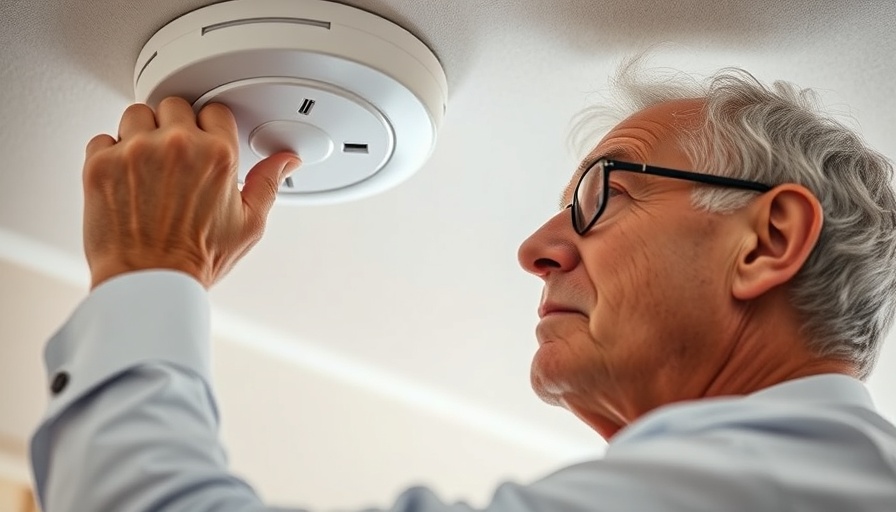
Understanding Smoke Alarms: The Lifesavers of Your Home
Smoke alarms are essential tools in home safety, alerting residents to the presence of smoke and potential fires. But what happens when these life-saving devices go off without a fire in sight? Understanding how smoke alarms work and common reasons they malfunction can empower homeowners to take control of these frustrating false alarms.
What Triggers a Smoke Alarm?
Smoke alarms serve a crucial function by detecting smoke, the early indicator of a fire. However, these alarms can sometimes be triggered by common household phenomena. According to Kevin Feak, a licensed fire protection engineer, alarms primarily function through two detection methodologies: ionization and photoelectric technologies.
Ionization smoke alarms are more responsive to fast, flaming fires, while photoelectric alarms better detect slow-smoldering fires. The inconsistency with activation often stems from the type of particles they sense. In some cases, everyday activities—like cooking or taking a hot shower—can inadvertently set them off.
Common Causes of False Alarms and How to Prevent Them
Here are some prevalent culprits behind unnecessary smoke alarm disturbances, along with practical solutions:
- Humidity and Steam: Alarms located near bathrooms can mistake steam from showers for smoke. It's advisable to install smoke detectors at least 10 feet away from bathroom doors to avoid this issue.
- Improper Placement: Position your alarms strategically, away from cooking appliances to prevent them from sensing smoke from burnt food. Ideally, they should be placed outside every sleeping area and on each level of your home.
- Dust Buildup: Dust can obstruct smoke entry into the chamber and lead to false alarms. Regular cleaning of smoke detectors can help avoid this issue and ensure optimal performance.
- Insects: Insects can infiltrate smoke alarms, interfering with their function. Basic cleaning and maintenance can mitigate this risk—disposing of the insects while ensuring your alarms are free from obstructions.
- Aging Detectors: Smoke alarms typically have a lifespan of about ten years. If your alarms are older, it might be time to consider replacements as they can become less reliable over time.
Decoding Smoke Alarm Sensitivity: Signs Your Detector Needs Attention
Checking the sensitivity of your smoke alarms can highlight if they are too sensitive or not sensitive enough. Many units allow homeowners to test their sensitivity using specialized test sprays or streamlining procedures provided by the manufacturer. Regular testing and maintenance ensure alarms are functioning properly, making it vital to engage in systematic checks at least annually.
Embracing Smart Technology for Improved Safety
Smart smoke alarms can significantly reduce false alarms while improving home security. These devices often connect to home networks and smartphones, alerting homeowners of hazards and allowing faster responses in case of emergencies. By integrating smart technology within smoke detectors, homeowners can enjoy both peace of mind and enhanced safety.
Your Action Plan for Fire Safety
Living with constant false alarms can be frustrating, making it easy to overlook genuine alarms that save lives. Take time to reassess the placement of your smoke detectors, ensure they are clean, and consider replacing aging units. For those looking to minimize frustrations, upgrading to a smart smoke alarm can be the solution to ensure reliable protection from fire hazards.
If you’re ready to enhance your home’s fire safety measures, don’t hesitate to reach out for expert guidance on modern smoke detection technology and installation to keep your family safe.
 Add Row
Add Row  Add
Add 




 Add Row
Add Row  Add
Add 

Write A Comment